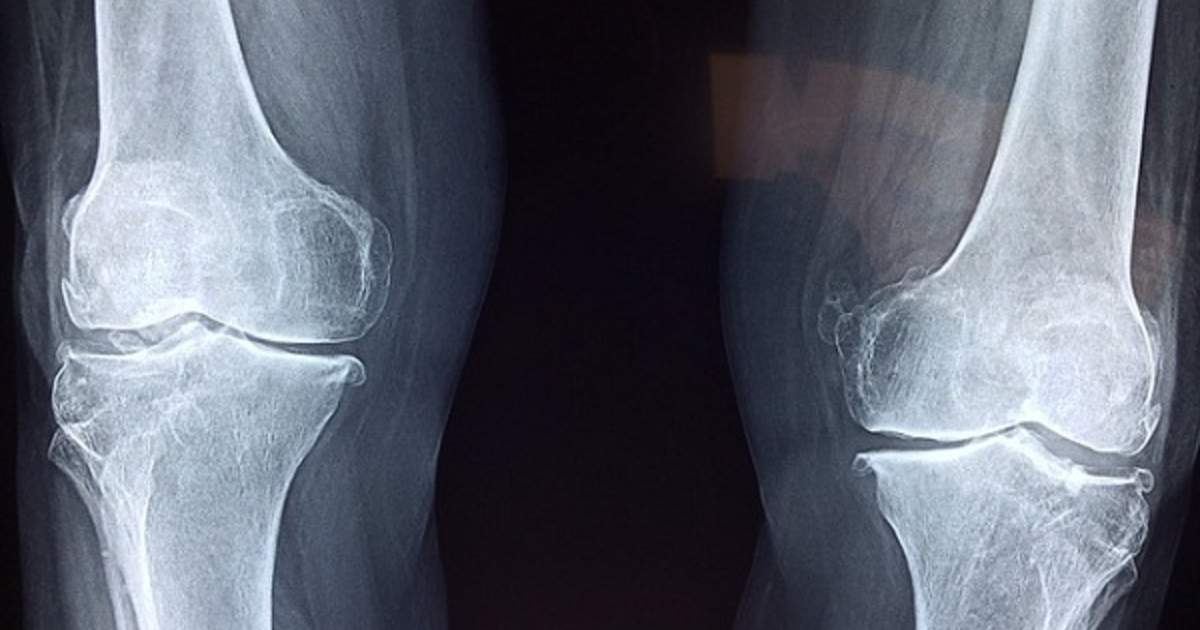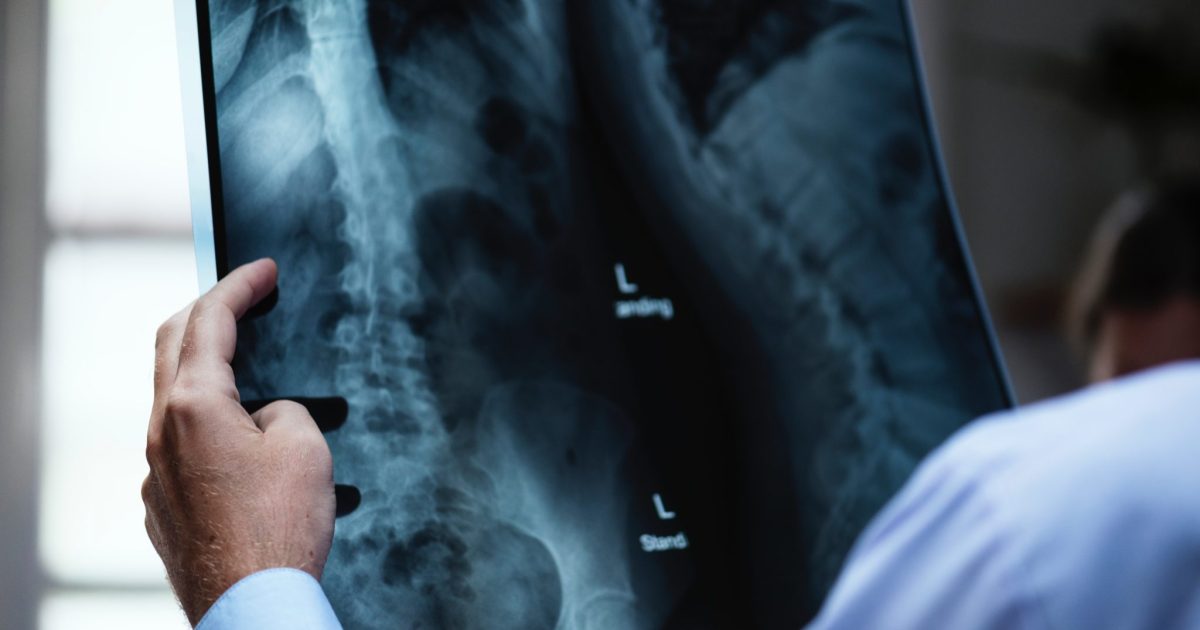Causes Of Neural Foraminal Stenosis
Stenosis is defined as a narrowing in the spine. There are two types: central stenosis and neural foraminal stenosis. Central stenosis refers to narrowing of the spinal canal that holds the spinal cord, and neural foraminal stenosis involves narrowing of the hole the spinal nerves transverse when they exit the spine. This narrowing can be caused by numerous conditions and is often multifactorial. The neural canal is formed by a vertebra above and below and the disc between them. It is naturally comprised of bone, discal material, ligaments, as well as the exiting nerve and blood vessels. Enlargement of any of these structures, additional material in the canal, and reduction of the canal size by encroaching entities all contribute to neural foraminal stenosis.
Paget's Disease Of The Bone

Paget's disease of the bone is a rare, chronic bone disorder that causes bony proliferation. It tends to impact the elderly, men slightly more than women, often causing enlarged bone growth to the pelvis, lower back, hips, thighs, and skull. This bone proliferation occurs at a much faster rate than normal and the bone generated is of an abnormal structure. The bones become weaker, soft, and generate pain. In the spine, space is limited. The additional bone that occurs as a result of Paget's disease causes the overall area of the neural foramen to reduce, applying pressure to the spinal nerve. This is often a painful process; however, the neural foraminal compromise can lead to pain and dysfunction at distal sites. Stenosis in the cervical region has the potential to lead to arm or leg pain, weakness, and dysfunction. Neural foraminal stenosis in the lumbar region may generate symptoms in the legs, but may also be associated with trouble to the bowel or bladder.
Scoliosis

Scoliosis is any deviation in the spine from the midline. This may be a lateral curve, but it also may include a rotational deviation singly or combined with the lateral deviation. The most common curves are S- or C-shaped, often spanning multiple regions of the spine. Spinal curvatures typically develop in late adolescence, affecting females more than males, or as part of an uneven degenerative process late in life. Scoliosis does not have a cure, and treatments aim at preventing further deterioration. Two distinct reasons exist for explaining how neural foraminal compromise occurs in the case of spinal curvatures. First, the uneven wear and tear causes degenerative arthritic changes to occur at a faster rate of development. Second, the curvature causes narrowing of the intervertebral foramen on the concave side of the curve. This narrowing is increased when the curvature is a combination of lateral and rotational in structure. Regardless of the explanation, the result is stenotic change to the affected neural foramen.
